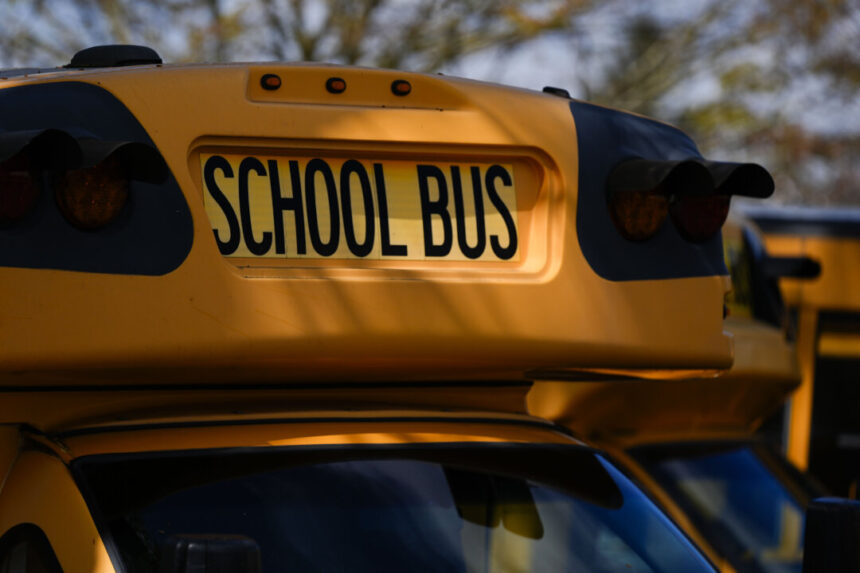Commentary
In the latter half of the 20th century, enrollment in U.S. public schools almost doubled. There was a slight slowdown during desegregation as private school enrollment increased. However, growth resumed by the early 1980s at a rate of just under 2 percent annually. By the late 1990s, this growth rate began to slow noticeably, eventually dropping to under 0.5 percent per year. Public school enrollment peaked in 2019 at 50.8 million.
During the pandemic, approximately 1.5 million children were withdrawn from public schools by their parents. Many of these children have not returned. The National Center for Education Statistics (NCES) now predicts that public school enrollment will decrease to just under 47 million by the end of this decade.
It is important to note that official public school enrollment numbers include charter schools, which have grown from 1 million to nearly 5 million over the past two decades. Subtracting charter school students, enrollment in traditional public schools peaked in 2012 and has since declined by 5 percent.
There are several factors influencing public school enrollment. Firstly, women in the U.S., like in many parts of the world, are having fewer children. The Census Bureau recently reported a current fertility rate of 1.76, below the stable population threshold of 2.1 children per woman in her lifetime.
As a result, the current 63.7 million school-age children is only slightly higher than in 2010. The U.S. Census Bureau projects a 6 percent decline in the number of school-age children to 59.9 million by 2050. Without a significant increase in immigration, the U.S. will likely not have more school-age children than it does today.
The second factor is the rapid growth in homeschooling. Over the last two decades, the number of children being homeschooled has tripled from one million to three million. This has increased the percentage of homeschooled children from 2 percent to 5 percent.
One of the obstacles to homeschooling was the lack of extracurricular activities, particularly athletics. However, there has been a significant movement to provide such activities within homeschooling communities, which has been successful.
Charter schools and homeschooling have collectively reduced the percentage of children enrolled in traditional public schools from 84 percent two decades ago to 78 percent today. This decline would have been more pronounced if private and parochial schools were not losing enrollment at a faster rate than public schools. Parochial enrollment has dropped by 40 percent, and private school enrollment by 25 percent. Charter schools and homeschooling may impact parochial and private school enrollment as much, if not more, than public school enrollment.
There are several key points to consider from this data.
Firstly, we should utilize this information to guide our investments in educational facilities. The reality is that we do not need more schools, at least not in total, than we currently have. In fact, we may need to consider closing some schools. While there may still be areas experiencing growth that require new schools, the demographic trends will soon negate the need for further expansion.
The data used by both the CIS and the Pew Foundation mostly predates the recent surge in border crossings. Even the most recent total enrollment data does not show an increase. It can be inferred that without the influx of immigration, public school enrollment would be decreasing even more rapidly.
The ongoing demographic changes will have a significant impact on public education and other societal, economic, and political systems. The effects are most immediately seen in public education due to the declining birth rates affecting younger generations first. Expect to witness more manifestations of this demographic shift as we continue to navigate through it.
Views expressed in this article are opinions of the author and do not necessarily reflect the views of The Epoch Times.
Please rewrite the sentence.
Source link







